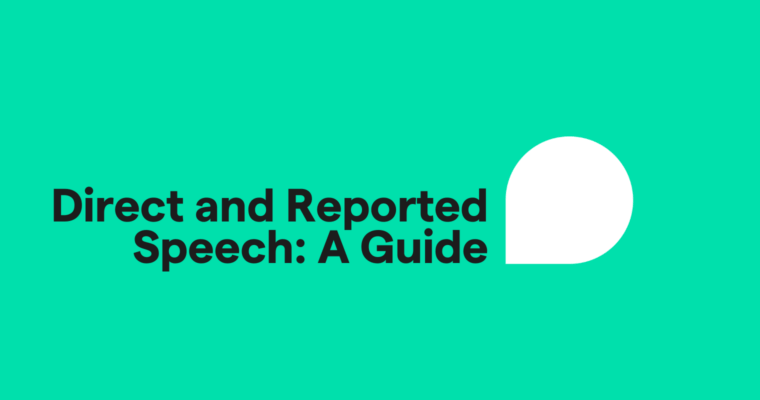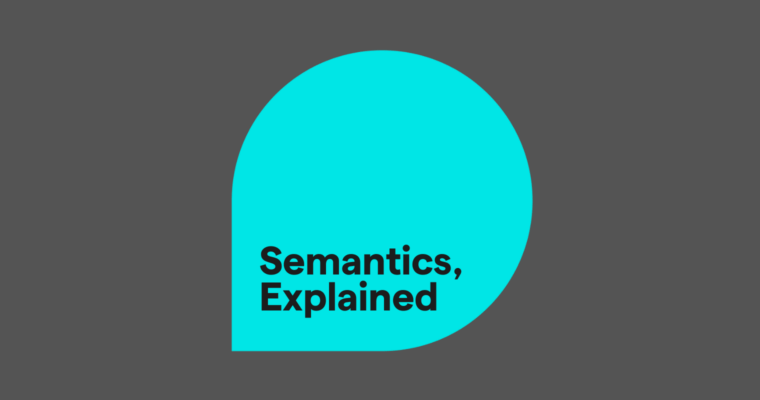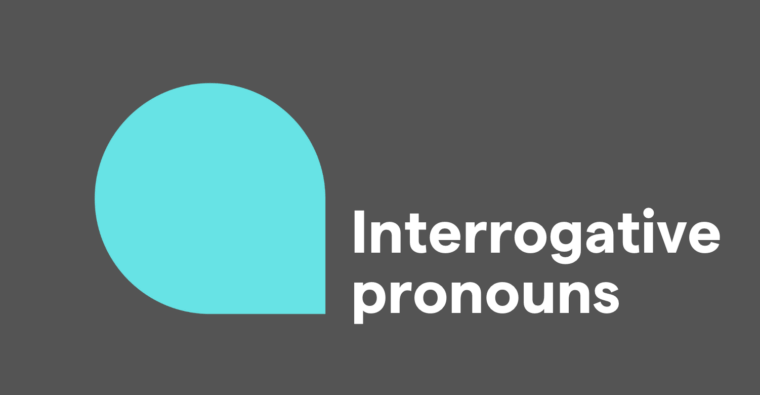
Determiners are words that come before nouns and specify something about their quantity, definiteness, or ownership. Another name for determiners is limiting adjectives; as that name suggests, determiners modify nouns by a subtractive process rather than the additive one descriptive adjectives use. In other words: Descriptive adjectives add detail to our understanding of the nouns they modify, while determiners narrow down the identity of a noun by introducing specificity.
Here, we’ll look at what a determiner is and is not and how to use determiners correctly in writing.
What is a determiner?
A determiner, also known as a limiting adjective, is a word that appears before a noun, providing clarifying context about the number, definiteness, or ownership of the noun. Here are some examples of determiners in sentences:
- The painting on the left is our favorite.
- She bought three boxes of pasta.
- I have gone to see that movie several times.
7 types of determiners
There are several common kinds of determiners, including articles, demonstrative determiners (or demonstrative adjectives), interrogative determiners (interrogative adjectives), possessive determiners (possessive adjectives), and quantifying determiners and numbers.
1 Articles
An article is a determiner that precedes a noun or noun phrase and identifies it as either specific or nonspecific. The definite article is the, and the indefinite articles are a and an. An article can appear alone before the noun it modifies or in combination with one or more descriptive adjectives.
- The car was parked in front of the dilapidated brick building.
- Working from a café is a great option—if you order food or coffee and can find a table near an electrical outlet.
2 Demonstrative determiners
Demonstrative determiners, also known as demonstrative adjectives, communicate the placement of a noun in space or time. The demonstrative determiners are this, that, these, and those.
- This cat is the one I was telling you about.
- Let’s go to that restaurant again.
- In those days, Enid wore a lot of bright colors.
If the group of demonstrative determiners looks familiar, that’s because they are the same words as the demonstrative pronouns, which are used to replace an already mentioned or implied word or phrase. In fact, demonstrative determiners are the adjectival forms of the demonstrative pronouns, and they, too, refer to something that the listener or reader already knows about or that is clear from the context. They just come before a noun, modifying it instead of replacing it. Here are examples of the word these, used as a demonstrative determiner.
- We can’t see the lake because of these trees.
3 Distributive determiners
Distributive determiners refer to a group or individual parts within a group. Words like each, every, all, and both are distributive determiners.
- Be sure both kids get a bath tonight.
- Each table in the cafeteria has a napkin dispenser on it.
4 Interrogative determiners
Interrogative determiners narrow down a noun’s attributes by asking a direct or an indirect question. The interrogative determiners are whose, what, and which. As with the demonstrative determiners and pronouns, the interrogative determiners are the adjective forms of the interrogative pronouns. Here are three sentences using the three interrogative determiners:
- Whose shoes were left outside on the lawn?
- What kind of person does something like that?
- Max wondered aloud which taxi would arrive first.
5 Possessive determiners
Possessive determiners, also known as possessive adjectives, are the possessive forms of the personal pronouns and can appear before a noun: my, your, his, her, its, our, their, and whose. They tell us something about the ownership of the noun or a relationship it has with another word in the sentence.
- The person whose shoes are in the rain should bring them inside.
- Gerald met his partner at a work event.
- Where do your ideas for your writing come from?
The possessive forms of nouns are also sometimes considered to be possessive determiners:
The team met Gerald’s partner at a work event.
There are different schools of thought about whether possessive adjectives should be considered determiners at all; some argue that they are descriptive and thus should be classified as true adjectives.
6 Quantifying determiners and numbers
Quantifying determiners specify something about the nouns they appear in front of by grouping them together or indicating how much or how many of them there are. They include words like many, some, few, any, all, and several.
- Mirin hasn’t seen many movies lately.
- I made it to the pool to swim laps several days last week.
- There are few things Xan enjoys more than mint chocolate-chip ice cream.
When used as determiners, numbers, both cardinal and ordinal, also narrow down nouns and pronouns to specific amounts:
Sima was late to class three times this semester.
If there is a fourth time, Sima’s grade may be affected.
7 Relative determiners
Relative determiners, also known as relative adjectives, specify something about nouns in noun phrases that introduce relative dependent clauses. The relative determiners are what, whatever, which, and whichever. They are closely related to the relative pronouns. Here are some examples:
- Please sit in whichever seat you like.
- Jean will let us know what day they are arriving.
Determiners vs. descriptive adjectives
As we’ve seen, determiners function like adjectives do in that they modify nouns and pronouns, but they are not descriptive in the way that words referred to as “true” adjectives are. There are a few other things to know about the way determiners behave differently from descriptive adjectives that will help you know how to use them correctly.
Placement of determiners
When both a determiner and a descriptive adjective appear before the same noun, the determiner always comes first:
Determiners in subject complements
Unlike descriptive adjectives, determiners can rarely be used as part of a subject complement. Consider the following two sentences: The first uses a regular descriptive adjective in the subject complement, while the second tries to replace the descriptive adjective with a distributive determiner (and doesn’t make any sense).
Quantifying determiners, however, can sometimes be used as part of a subject complement:
The flowers in the garden are many and beautiful.
Determiners and comparative and superlative forms
Determiners aren’t descriptive, so in general, comparative or superlative forms for them would be illogical. After all, one thing can be grainier than another thing, but nothing can be “five-er” or “whose-er” than something else. The quantifying determiners supply the rare exception here again—the word few has a comparative and superlative form, as in this example:
There were fewer guests at the party than expected.
Determiner FAQs
What is a determiner?
A determiner is a word that appears before a noun and specifies something about the number, definiteness, or ownership of the noun. They are also called limiting adjectives.
What are the types of determiners?
The types of determiners are articles, demonstrative determiners, distributive determiners, interrogative determiners, possessive determiners, quantifying determiners, and numbers and relative determiners.
What’s the difference between determiners and adjectives?
Determiners are sometimes considered a kind of adjective since they modify nouns and pronouns. But the way they modify nouns and pronouns is by specifying, not describing, and in that way they are not considered “true” adjectives. They also follow different rules than descriptive adjectives do when it comes to their position in a sentence and the forms they can take.






